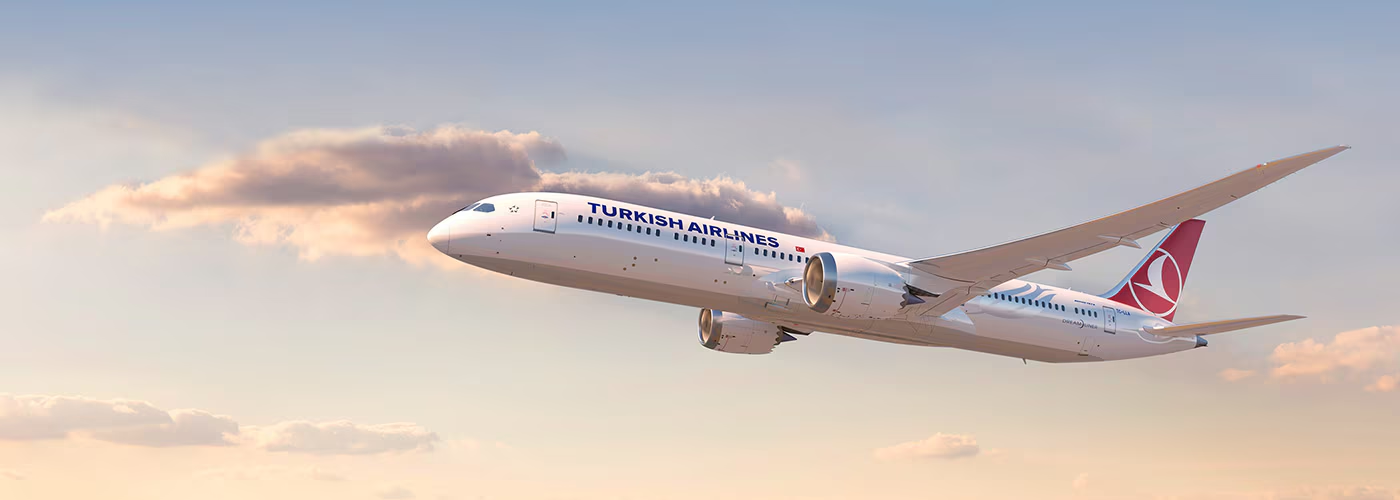Automating Skies: The Rise of Autopilot in Modern Aviation
Technology is the tool that humans use and develop to ease their lives and save time and effort. As technology enters all areas of our lives, aviation has also undergone its share of technological development. The automatic pilot, or Autopilot, is one of the technological advancements that was integrated into modern aviation, enhancing flight operations and easing the pilot’s workload.
Earlier in aviation, a pilot had to continuously concentrate on managing the flight and the aircraft’s operating systems, which caused fatigue and stress, especially on long and complex flights. The integration of automation has not only improved efficiency and safety but also reshaped the role of the pilot and made a revolutionary shift in modern aviation.
In this article, we are going to explore the autopilot, passing through its history and ending with its contribution to the field of aviation.
What is autopilot, and how does it work?

An autopilot is a software, tool, or device that is used to manage and guide the aircraft without direct help from the pilot. The autopilot assists in maintaining constant headings and altitudes, stabilizing the speed, and controlling the flight from take-off to landing.
Modern autopilots are integrated with the flight management systems (FMS). The flight management systems are computer systems that monitor the aircraft’s position through the navigation system. The data that was calculated by the navigation system is sent to the FMS, which in turn processes this information and sends back the correct course and altitude to the autopilot. The autopilot executes the information that was sent to it by adjusting the flight control surfaces. In addition to this, many aircraft feature an autothrottle system, which controls the fuel flow and the thrust in the engine.
The autopilot sets the appropriate thrust, speed, and power until the plane reaches the required altitude. On the descent, the speed and thrust are modified again, and the autopilot controls the descent by the instrument landing system (ILS), which helps the autopilot to control the flight path and land safely.
The autopilot does not eliminate the role of the pilot at all, as, through the years, there were many accidents that happened due to a failure in the autopilot system. The pilot should always be ready to take full control of the aircraft when it is necessary. In emergency cases, a pilot can disconnect the autopilot and manually control the plane. This ensures that the role of the autopilot is only to assist the pilot for a better and easier flight.
The evolution of the autopilot
Let’s travel back in time to 1912, which is the year in which the concept of autopilot originated. In 1912, the American inventor Elmer Ambrose Sperry and German physicist Hermann Anschütz-Kaempfe developed a gyroscopic system to assist vehicles in keeping course. This system was initially used on ships. Lawrence Sperry, Elmer’s son, was the one who integrated this technology into aviation and modified the device for installation in aircraft.
In 1914, the aircraft autopilot showed its functionality for the first time at the Concours de la Sécurité en Aéroplane in Paris. Sperry’s system was installed on the Curtiss C-2 seaplane. It used gyroscopes to automatically adjust ailerons, elevators, and the rudder while keeping the plane level without pilot input.
The early systems allowed only single-axis control, stabilizing only the roll axis to keep wings level. As the technology developed and aviation progressed, two-axis autopilots were developed, allowing pitch control and better altitude management. Further progress led to the development of a three-axis system that integrated yaw control, enabling full automation across all flight axes.
Further developments and inventions are being made to assist in the development of autopilot and to make flights easier than before.
Hope you enjoyed the topic. You can share your thoughts about the autopilot systems in the comments below
Featured photo by: Kiko Alario Salom
References
- Pegasus. (n.d.). What is an autopilot? what does it do?. Pegasus Airlines.
- Popek, E. (2024, September 3). The evolution of aircraft autopilots: From basic systems to advanced technology: Genesys Aerosystems: Mineral Wells, TX. Genesys Aerosystems.
- Rodríguez-Laiz, A. (2019, October 22). The origin of the Autopilot. AERTEC.
- Kai. (2022, November 30). How do autopilot systems work on a plane?. Learn To Fly Melbourne.
Roaa Khaled Ahmad. A 21 years old Nanotechnology and Nanoelectronics engineering student studying at zewail city of science and technology. She participated in many activities throughout her years in university including technical activities and artistic ones. She is obsessed with aviation and space and hope to specialize in this field in the future.
You might also like:
- Flight Review: easyJet A321-200 Salzburg to London Gatwick
- Emirates SkyCargo Strengthens Fleet with Boeing 747-400 Freighters
- Emirates President Renews Call for Airbus to Resume A380 Production
- Flight Review: WIZZ Air UK From Slovakia to London
- SpiceJet: Pilots Grounded for a Coffee Cup in Cockpit
Discover more from Aviation for Aviators
Subscribe to get the latest posts sent to your email.













